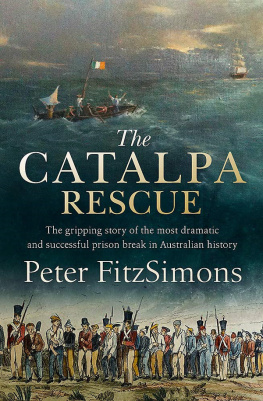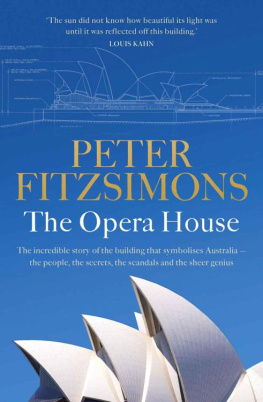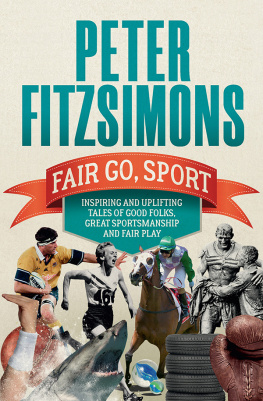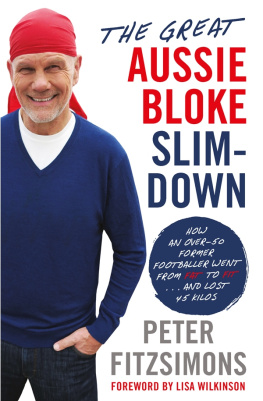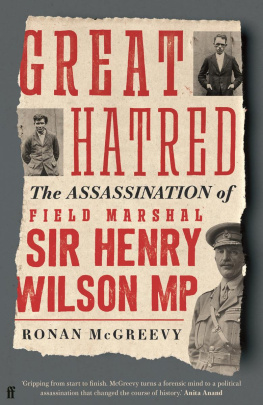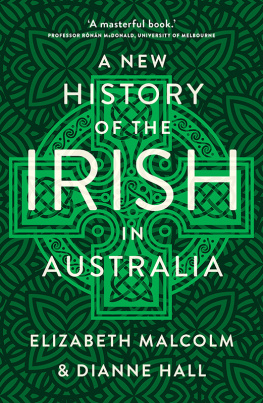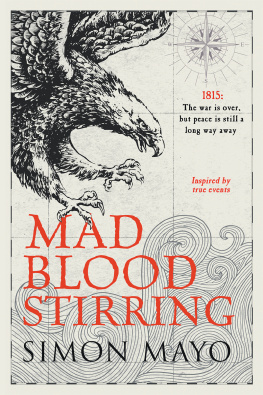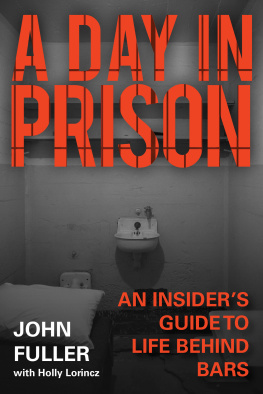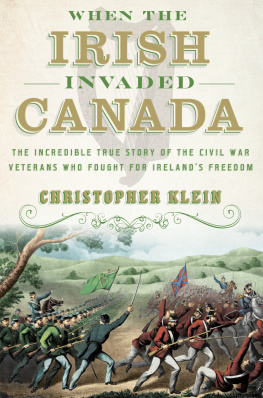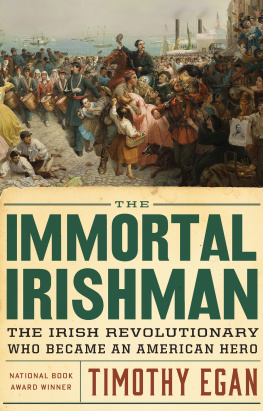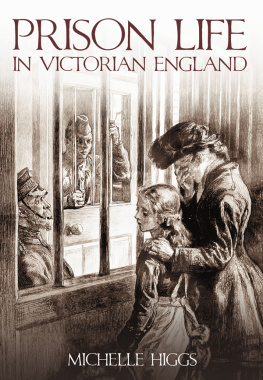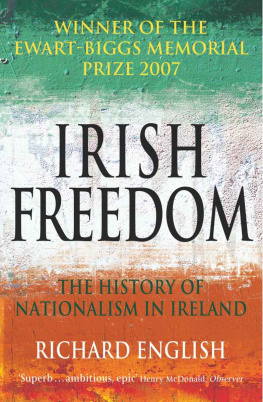Also by Peter FitzSimons
Burke and Wills
Monashs Masterpiece
Mutiny on the Bounty

CONSTABLE
First published in Australia and New Zealand in 2019 by Hachette Australia, an imprint of Hachette Australia Pty Limited
First published in Great Britain in 2019 by Constable
Copyright Peter FitzSimons 2019
The moral right of the author has been asserted.
All rights reserved.
No part of this publication may be reproduced, stored in a retrieval system, or transmitted, in any form, or by any means, without the prior permission in writing of the publisher, nor be otherwise circulated in any form of binding or cover other than that in which it is published and without a similar condition including this condition being imposed on the subsequent purchaser.
A CIP catalogue record for this book is available from the British Library.
ISBN 978-1-4721-3135-5
Lyric on from A Dreamer Forever by Latehorse courtesy of Shane Thomas.
Cover design by Luke Causby/Blue Cork
Cover images: The Fenian Rescue by the Catalpa 1876 by Henry McLaughlin (top) displayed in the Celtic Club, Perth. Image taken by Fred Rea. A Chain Gang c1890 by James Backhouse (bottom).
Author photo: Peter Morris/Sydney Heads
Constable
An imprint of
Little, Brown Book Group
Carmelite House
50 Victoria Embankment
London EC4Y 0DZ
An Hachette UK Company
www.hachette.co.uk
www.littlebrown.co.uk
To the memory of John Devoy.
Sir, you are an inspiration.
CONTENTS
We cherish, at the bottom of our hearts, an inveterate hatred, produced by lengthened recollections of injustices by the murder of our fathers, brothers and nearest kindred and which will not be extinguished in our time, nor in that of our children so that, as long as we have life, we will fight against them, without regret, or remorse, in defence of our rights. We will not cease to fight against and annoy them, until the day when they themselves, for want of power, shall have ceased to do us harm, and the Supreme Judge shall have taken just vengeance on their crimes; which, we firmly hope, will sooner or later come to pass. Until then, we will make war upon them unto death, to recover the independence, which is our natural right; being compelled thereto by very necessity, and willing rather to brave danger like men, than to languish under insult.
Donal ONeill, Prince of Ulster, writing to Pope John XXII in the 14th century
Were slaves my boys and slaves well be
Till maddened by our chains
Well raise the flag of liberty
And muster on the plains
And sweep the Saxon from our shore
As once we did the Dane
Anonymous manuscript seized from The Irish People newspaper, Dublin, 1865
T heyre an odd bunch, those West Australians. They are generators of the greatest, most exotic yarns beneath the Southern Cross, yet there is still this weird, unspoken sandgroper compact they all take with their mothers milk: DONT TELL ANY BASTARD EAST OF KALGOORLIE.
I first came across this phenomenon when I heard the story about the shipwreck of the Batavia, in 1629, on the Abrolhos Islands, off the coast where the town of Geraldton now lies. It was, I kid you not, the most stunning tale Id ever heard, and yet, despite the fact I was nigh on 40 years old, and had been devouring Australian history for much of that time, I had never heard a word of it. And nor had most people from the east. Well, I am proud to say, I did my best to fix that, and have been thrilled with the response to my Batavia book since.
The Catalpa Rescue is remarkably similar an extraordinary tale that is still little known in the eastern two-thirds of the country. A few of those east of Kalgoorlie who had heard of it started telling me about it after theyd read Batavia, and I was hooked, knowing that one day I wanted to bring it to life. As a yarn, it has everything, including the only thing that Batavia lacked political inspiration in terms of an entire country struggling for independence. Happily, the more I began researching the basic contours of the Catalpa story an extraordinary saga involving Irelands quest for liberation, transportation to Australia of Irish republican political prisoners and the quest to liberate them the more enthralled I became.
I mean, when two of the prime movers in the affair were Irish journalists who were also passionate republicans... it rang a bell with me. I have been a journalist at the Sydney Morning Herald for over 30 years, and am the incumbent Chair of the Australian Republic Movement.
For what its worth, writing this book gave me great cause to reflect even more on my own Irish ancestry, and to feel ever more deeply connected to it.
It is something that had never particularly registered with me, until a few years ago when, in passing, my Uncle Alec FitzSimons mentioned to me that a man had come up to him at my grandfathers funeral and said, He was a very nice man, Mr FitzSimons, but I never understood a word he said. His Irish accent was so thick.
I was stunned. I knew, of course, that Grandpa Fitz had come from Ireland at the age of 30, but little more than that. And now I find he was so strongly Irish, they couldnt understand him?
Amazing!
It made me more interested in Irish subjects, and writing books on the IrishAustralian boxer Les Darcy, the IrishAustralian bushranger Ned Kelly and the Eureka Stockade led by Peter Lalor of a famed Irish political family immersed me more deeply in Irish culture and history.
For a book I wrote on my family, I travelled back to the village in Ireland my people had come to Australia from in the 19th century Donaghadee in County Down and was stunned. It is a small village by the sea, north-east of Belfast, of exquisite beauty. How bad must things have been for my family that they would have left all of that behind, to journey to faraway Australia?
All up, over the years it has awoken the Irish in me, at least in the sense in which President John F. Kennedy famously said, Ich bin ein Berliner. That is, whatever your genealogy, wherever your people come from, there really is much that is inspirational in Irelands march to independence, to becoming a republic, their own people once more, after so many centuries of subjugation.
So writing the book for me was both a joy I loved revisiting and expanding some of my previously covered Irish political angles in Les Darcy and Eureka and an inspiration.
Over the years, of course, there have also been many books recounting both the story of the Catalpa and, more particularly, this period in Fenian history, as well as biographies and autobiographies of some of the key players. In this vein, for the key Fenians, I particularly relied on John Devoys Recollections of an Irish Rebel and James Jeffrey Roches Life of John Boyle OReilly while from both the perspective of a general appreciation of Irish history, and the specific circumstances of James Stephens, I drew heavily on Chief Organizer of the Irish Republic. In terms of information about Fremantle Prison, John Boyle OReillys book Moondyne proved to be a singularly rich treasure trove of clearly authentic detail.
And then there is the key man on the Catalpa, Captain George S. Anthony. Hero!
In 1893, long after the Catalpa episode was over, Captain Anthony wrote to John Devoy, I think I will try and get my book out and see what I can do with it; a bright smart newspaper man has taken all the notes of the voyage (of course some of it will have to be out) and if you will send me your photograph or some paper that has it in it I would thank you very much or if you have any newspaper clippings that would assist me in any way.
Next page
